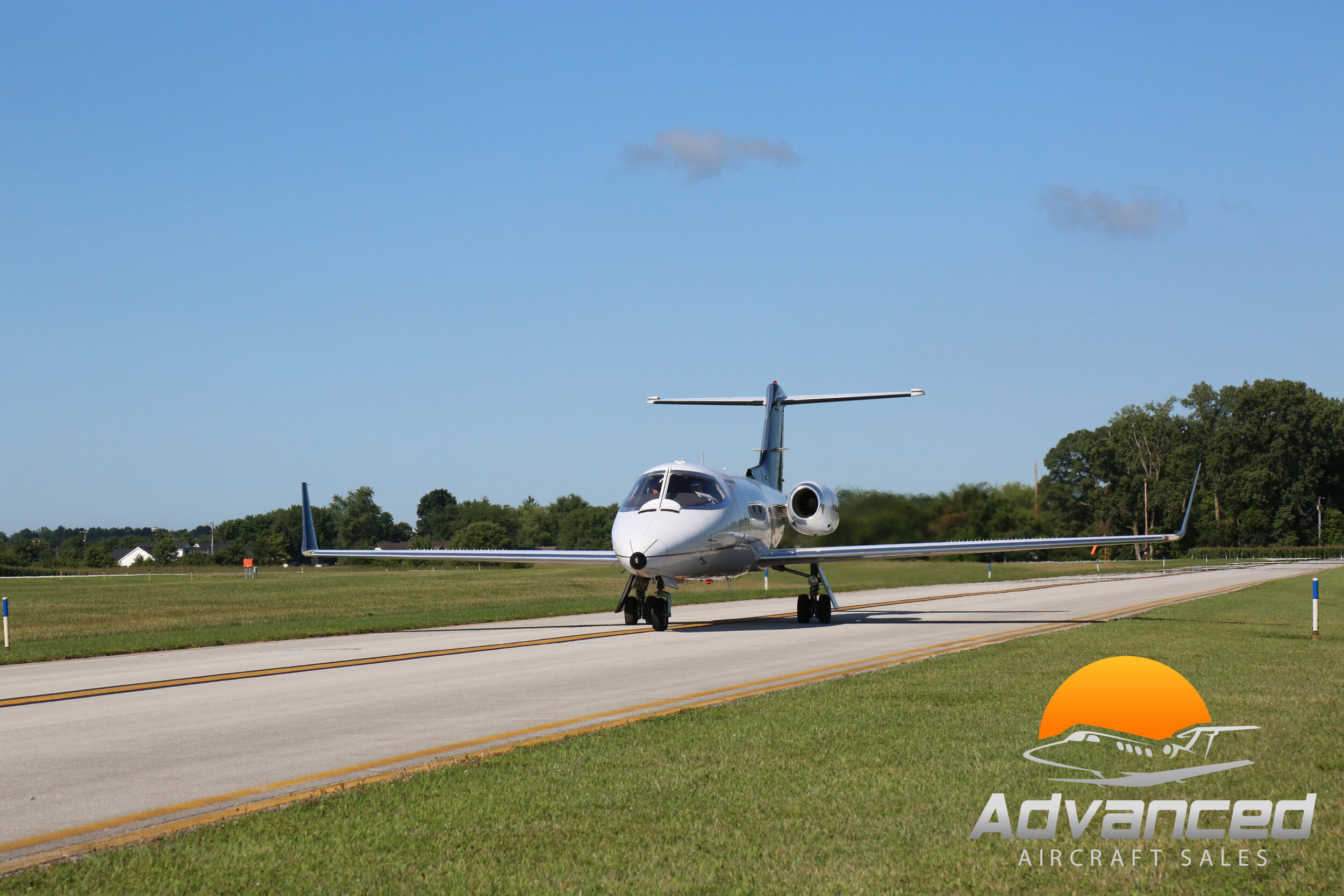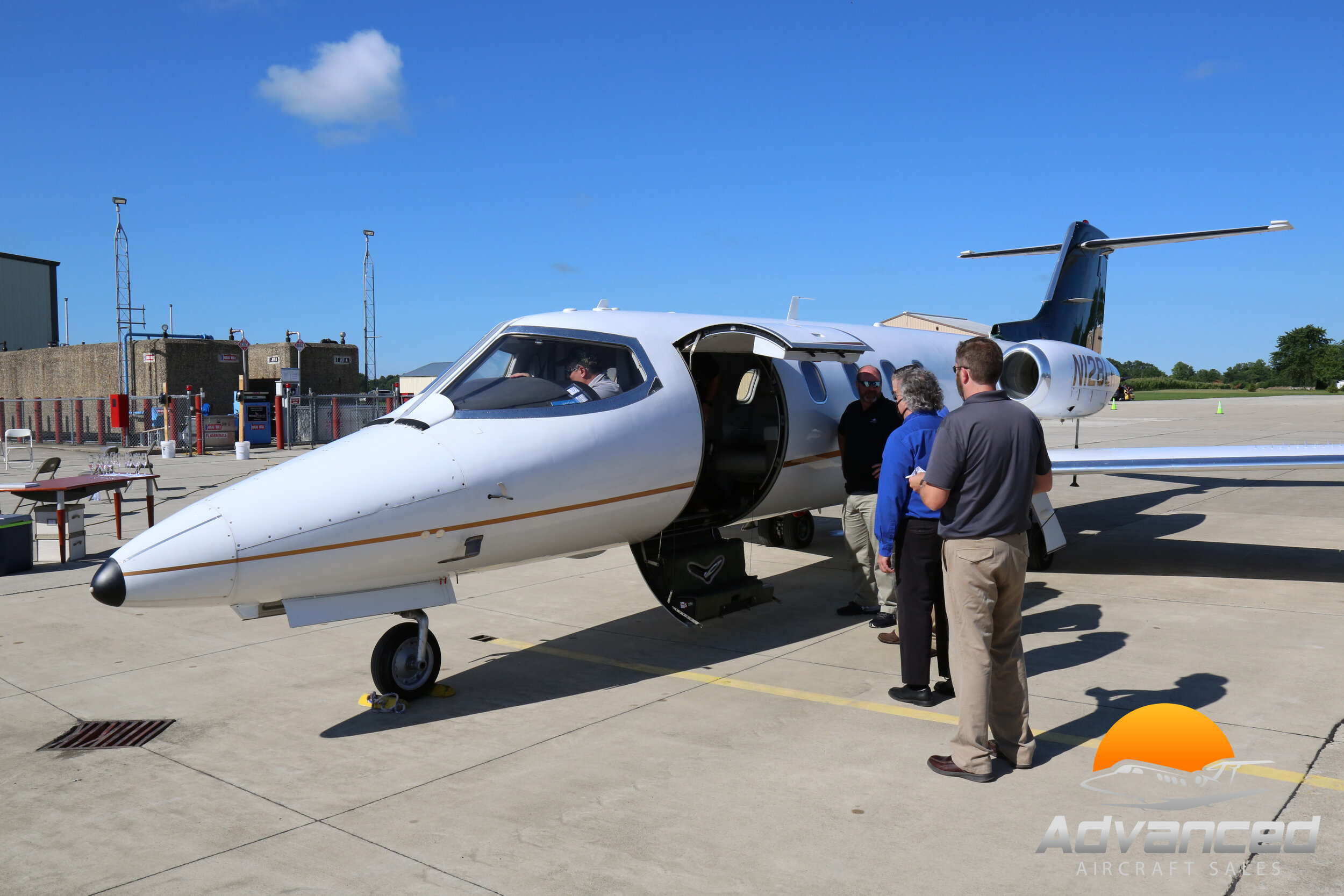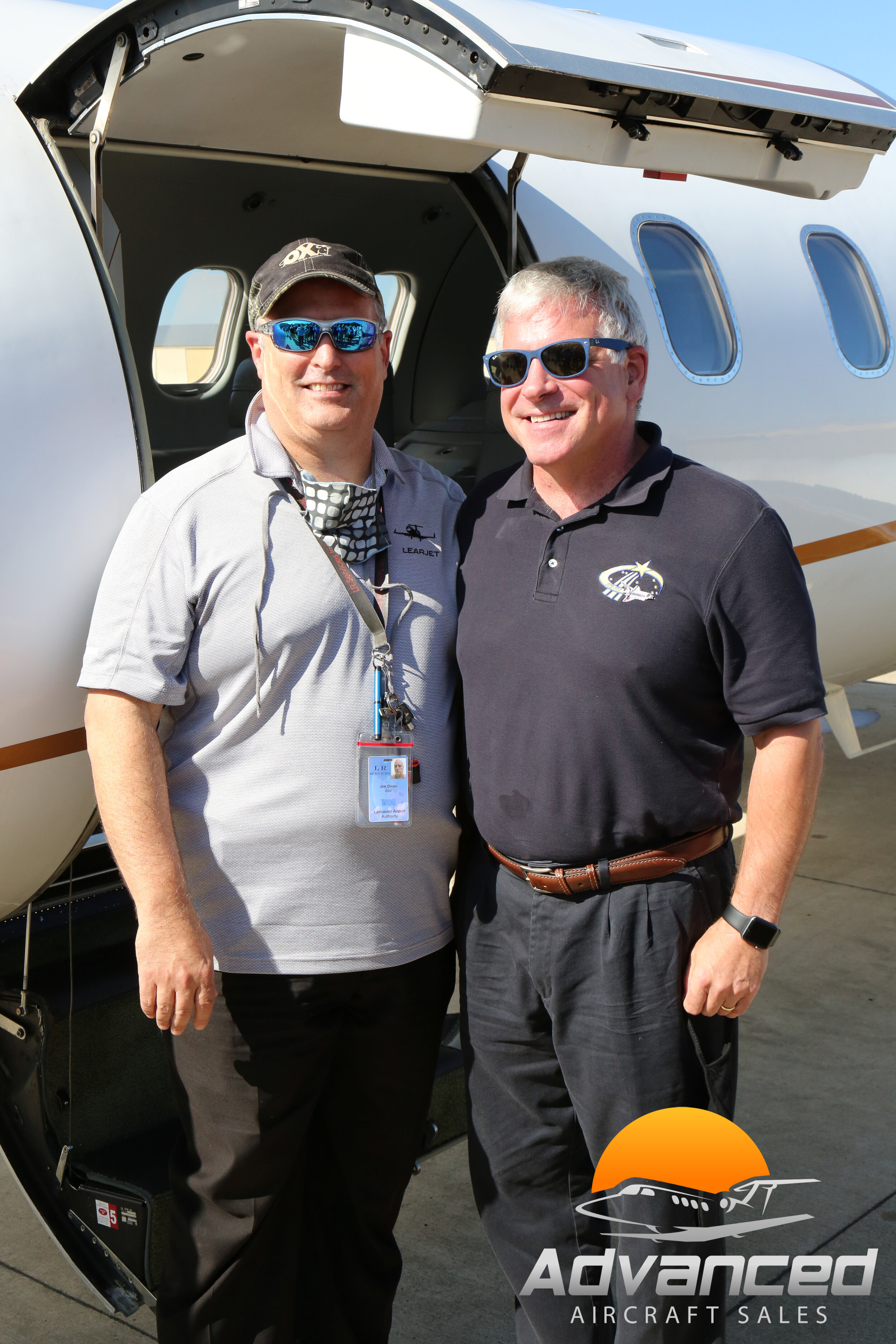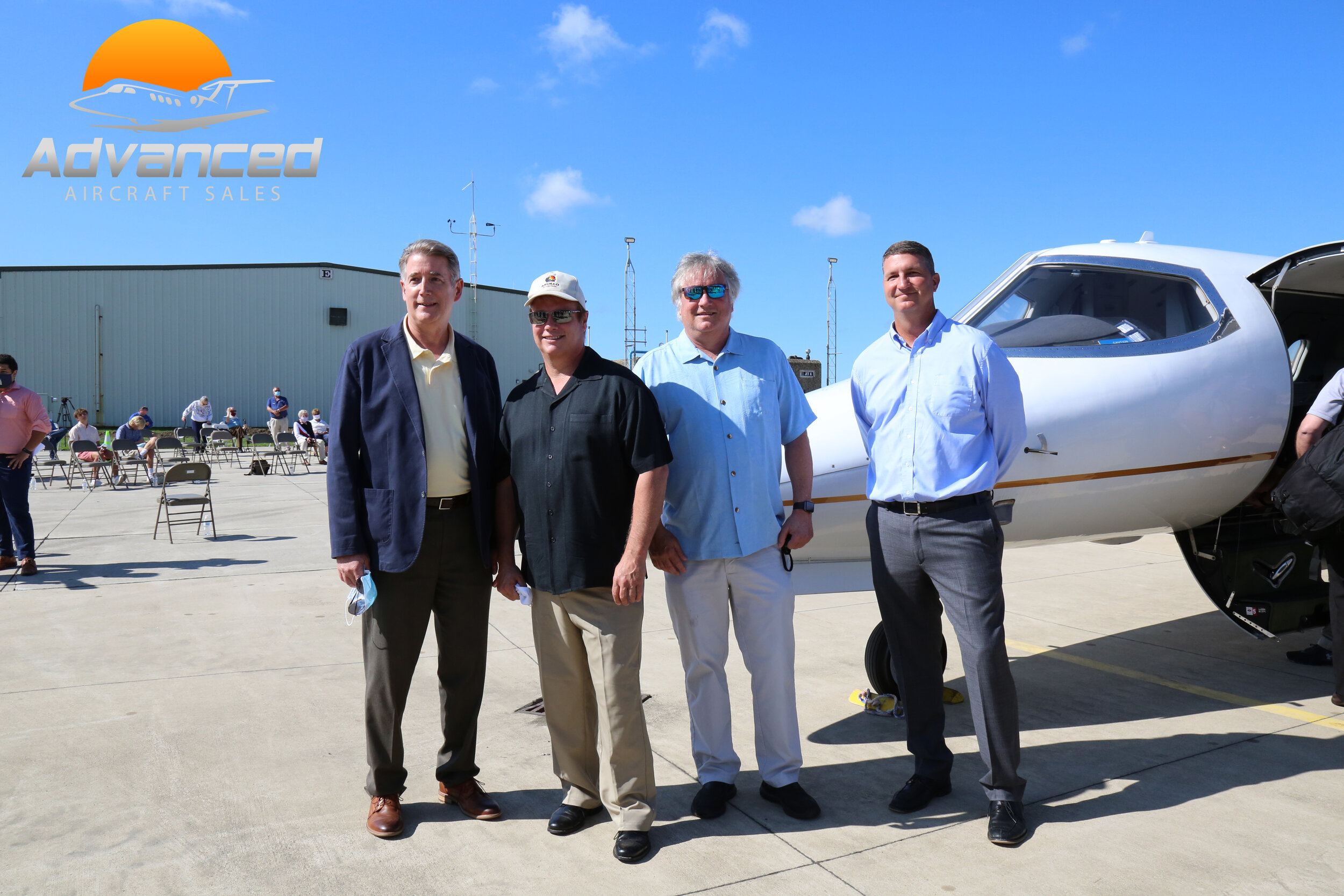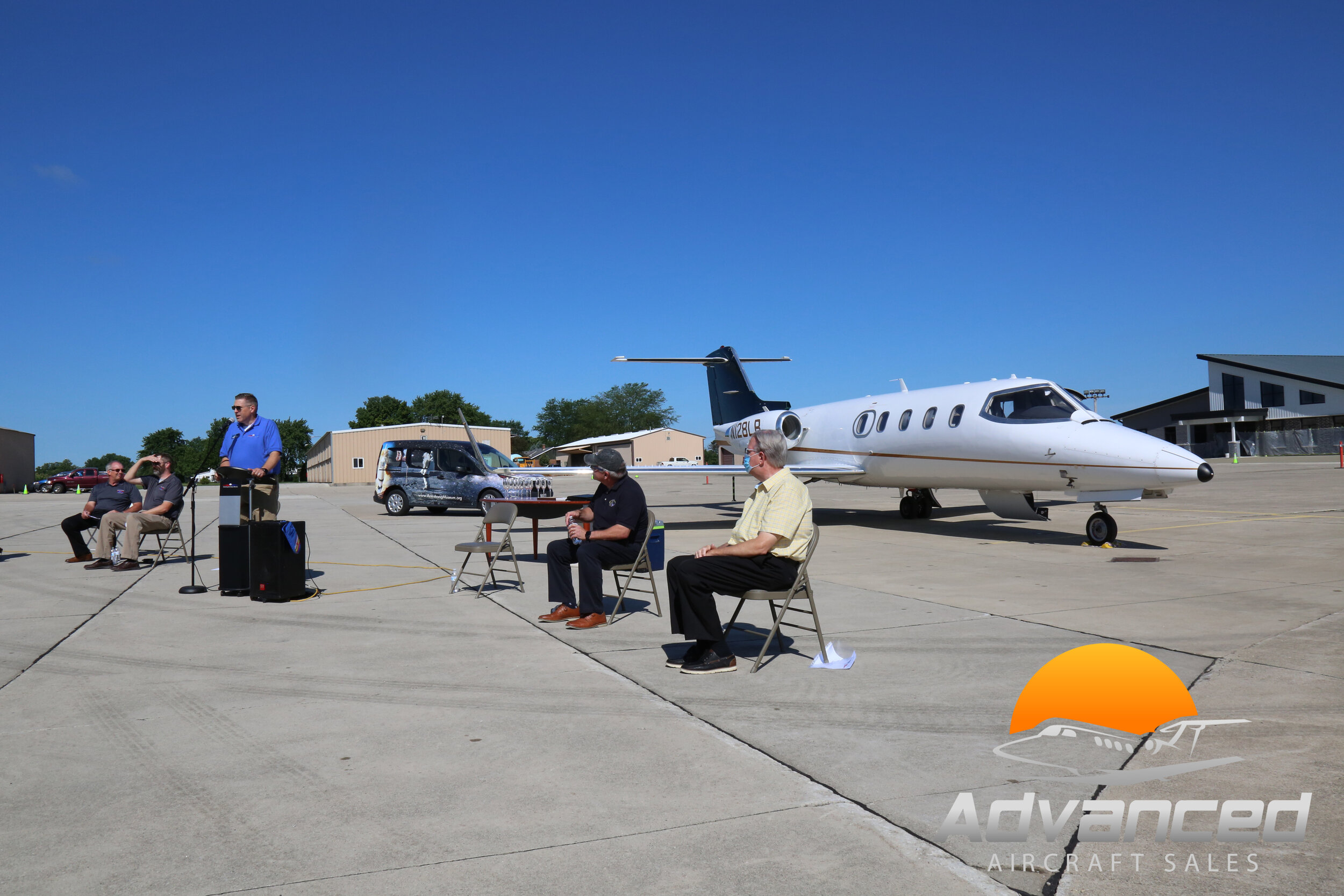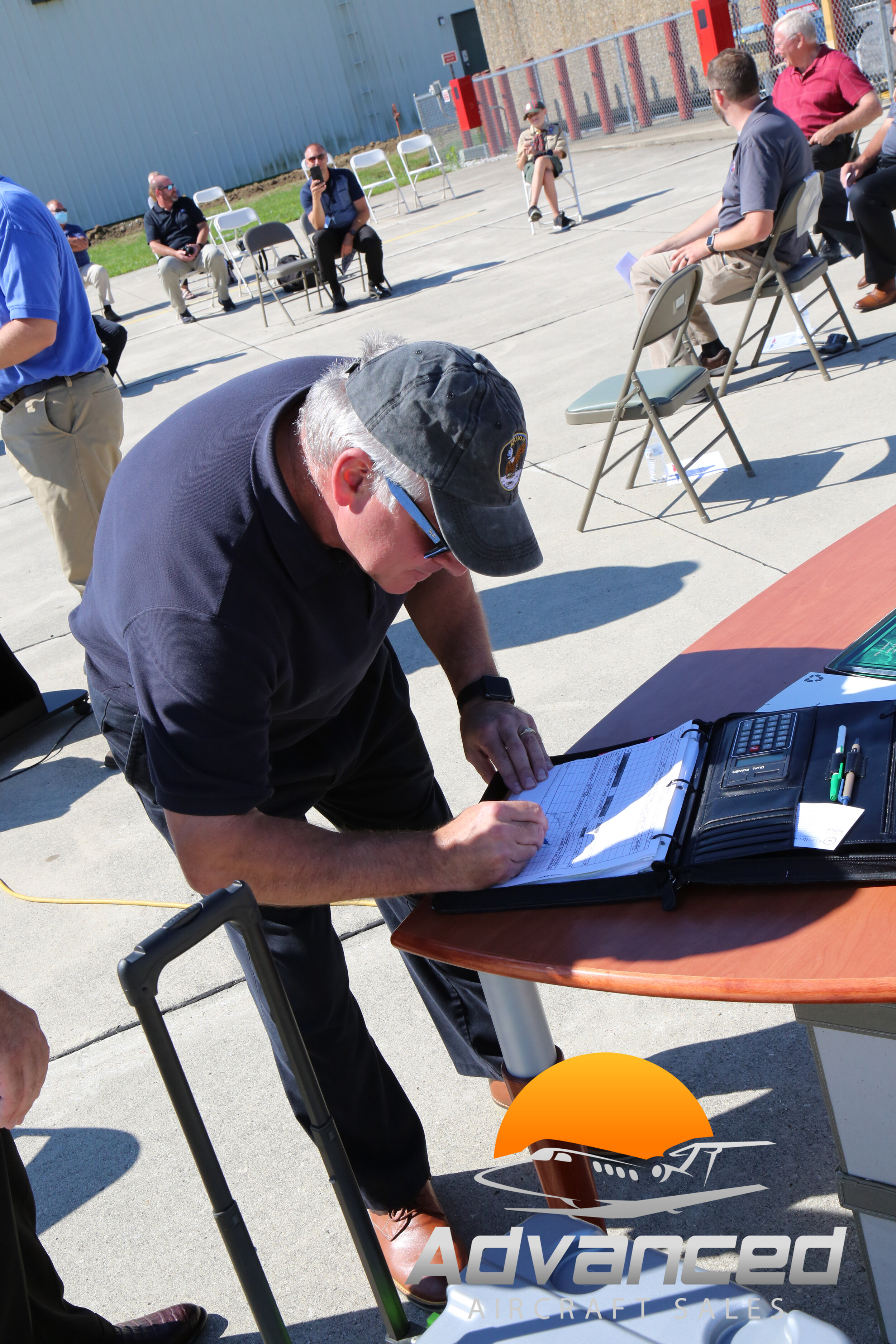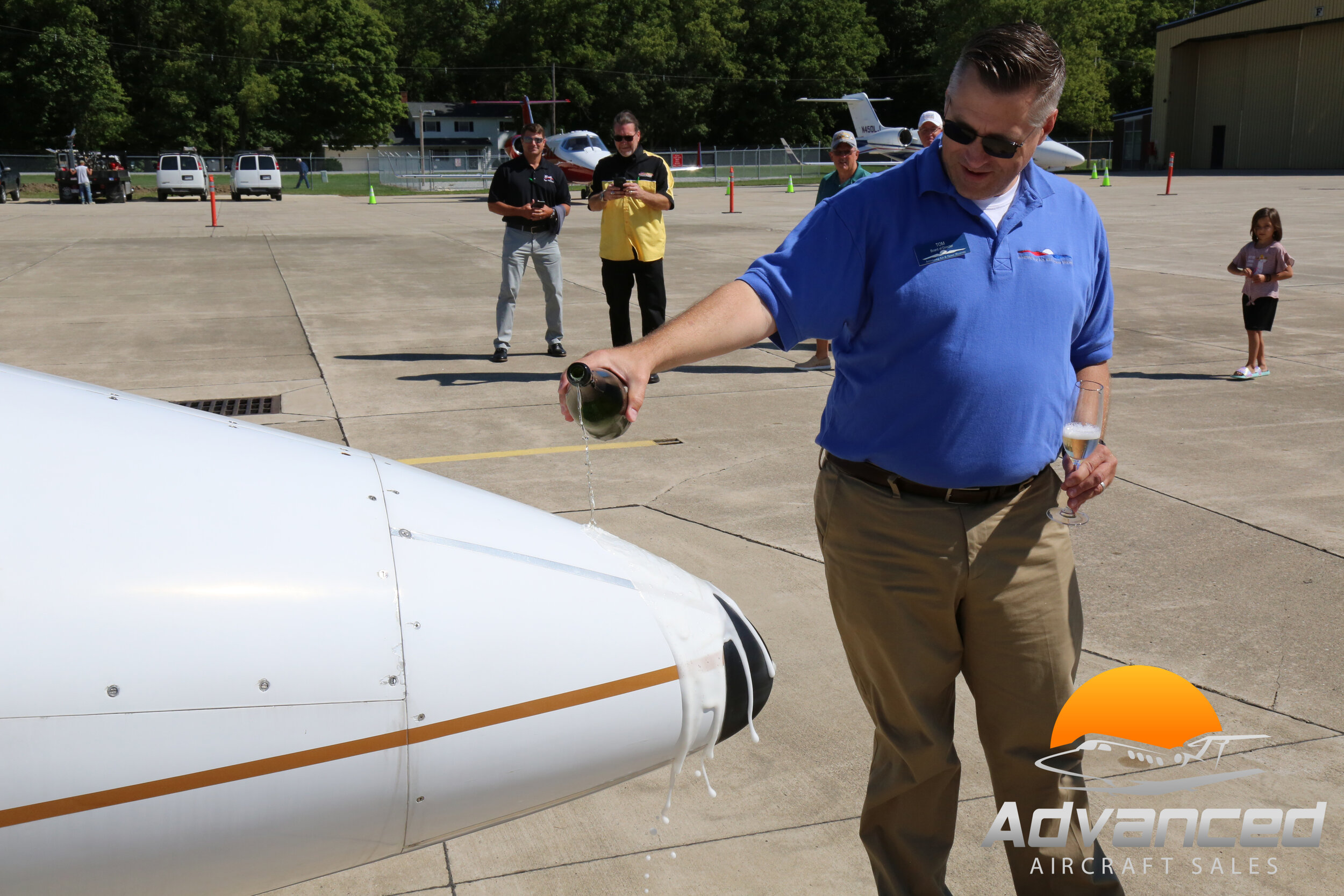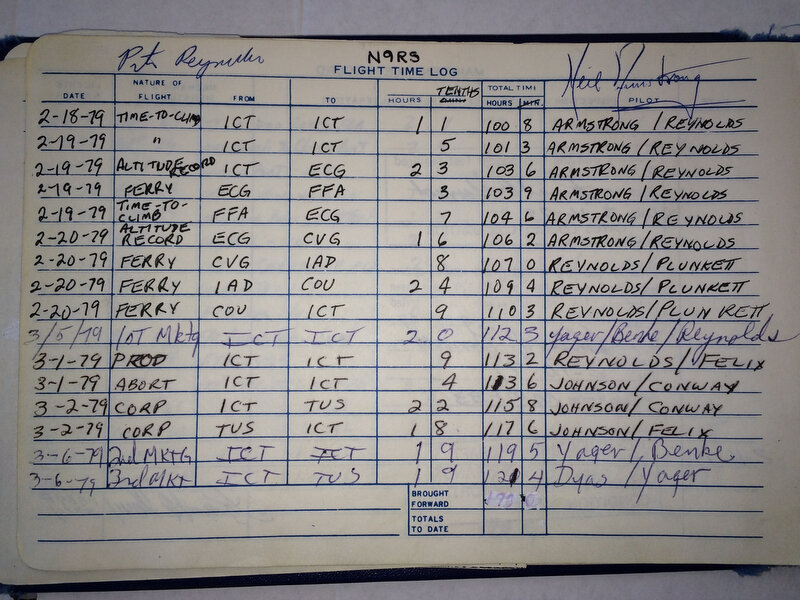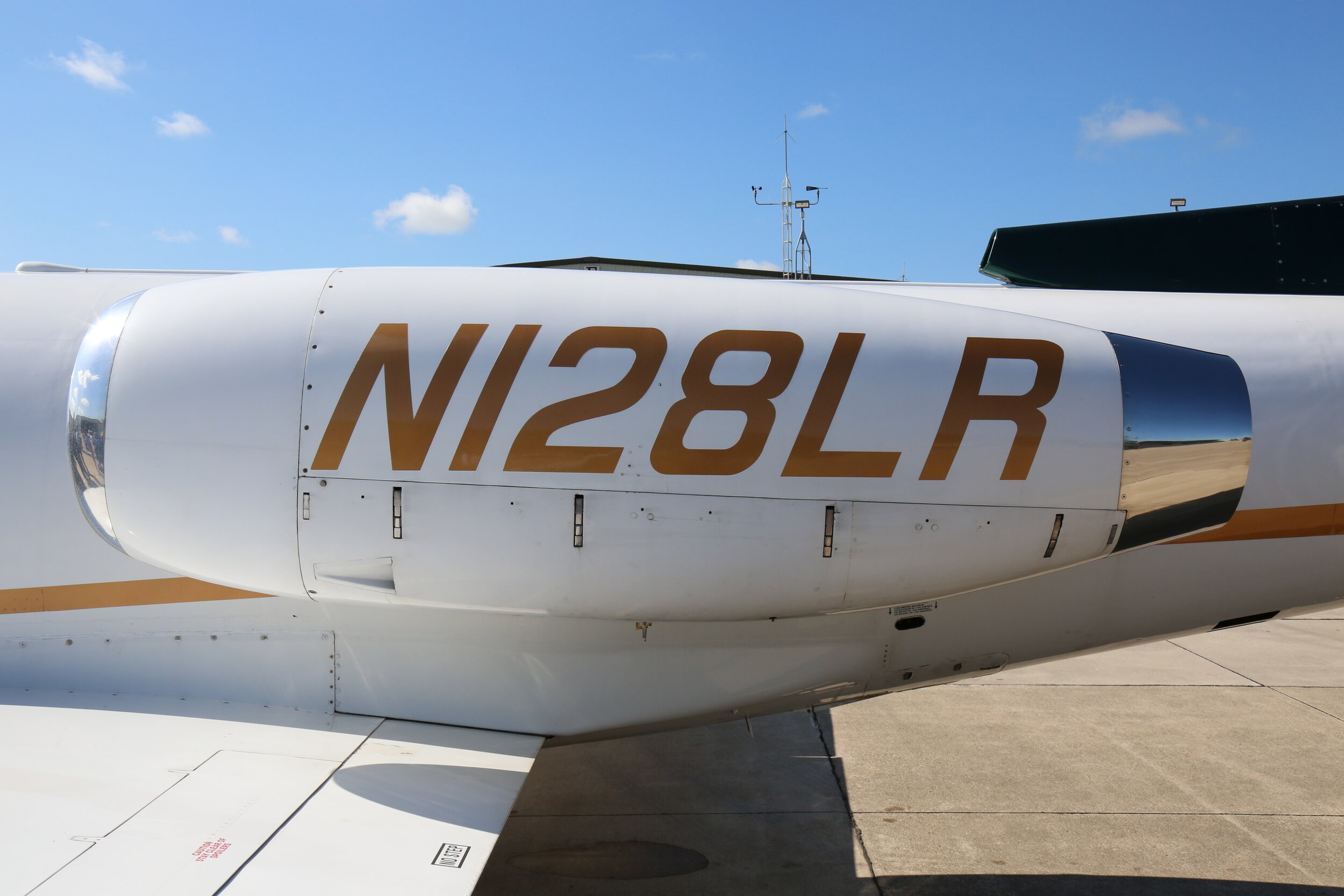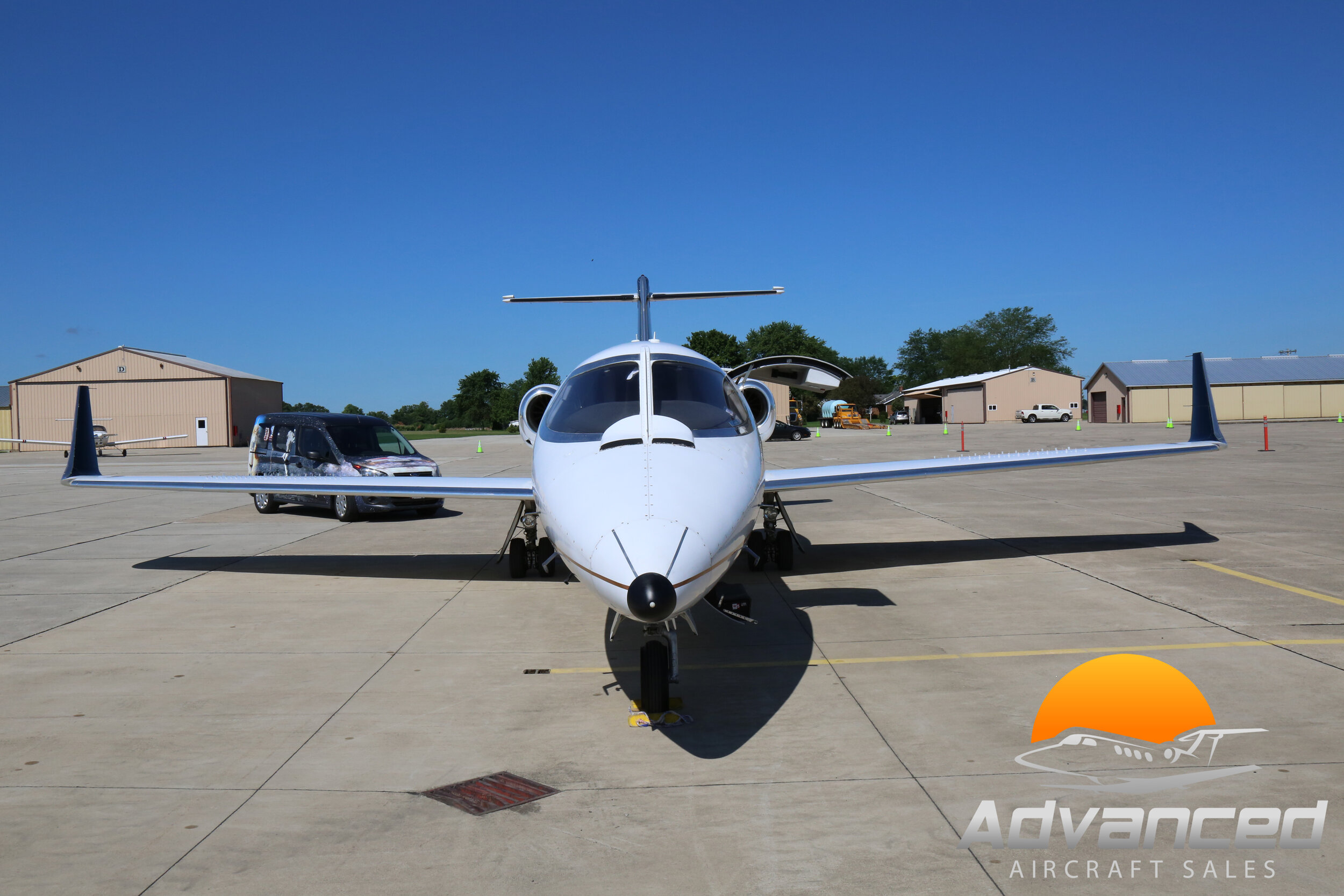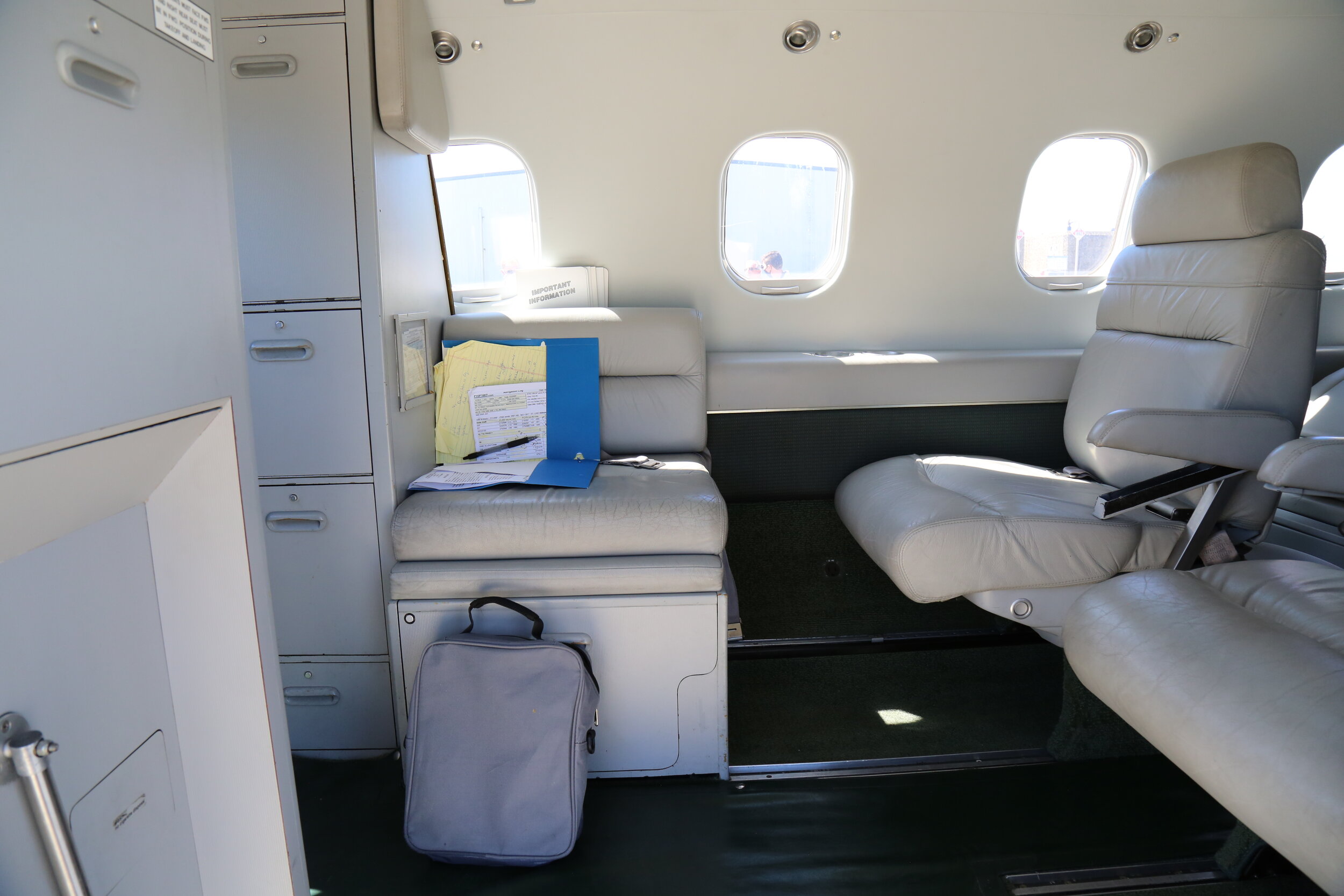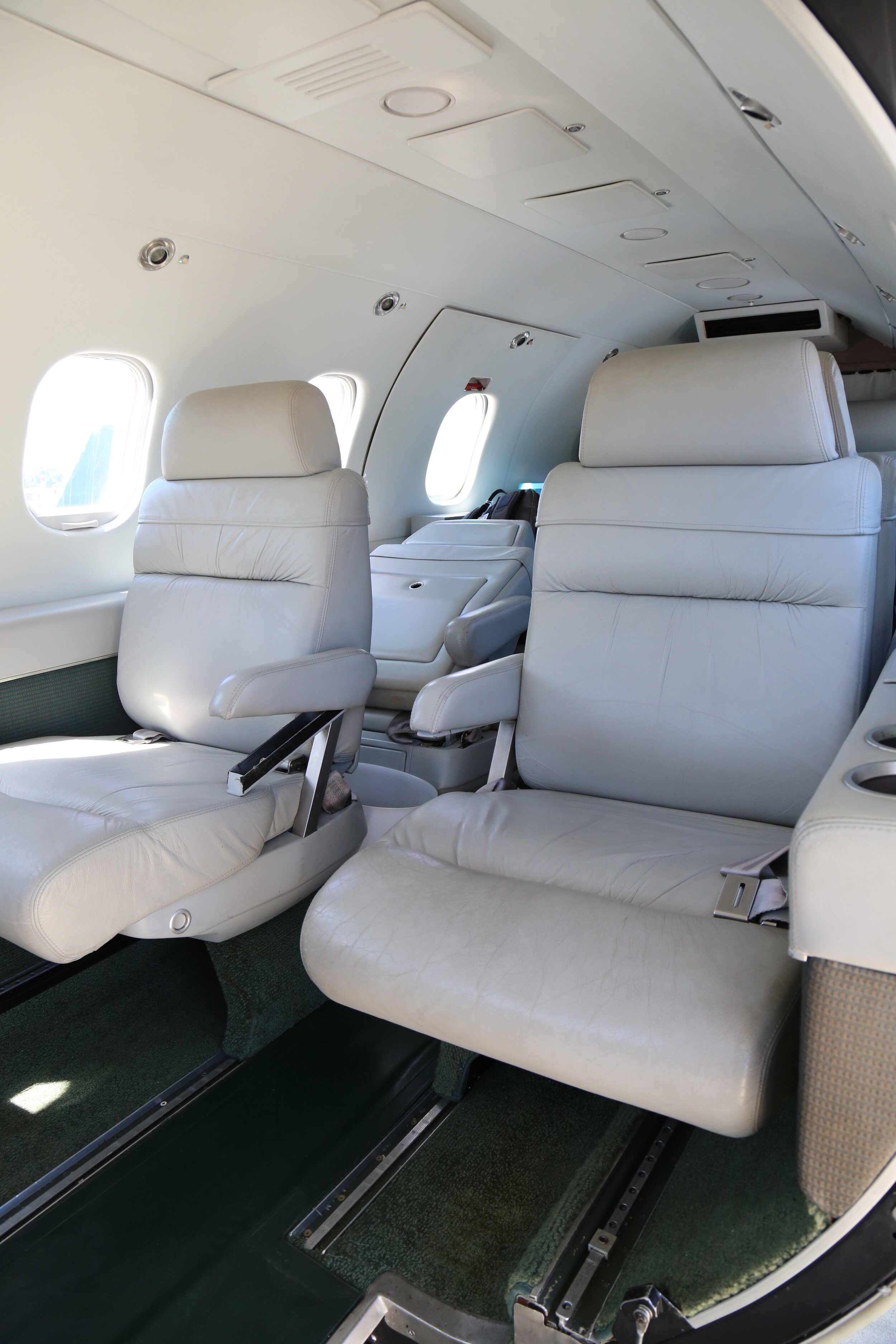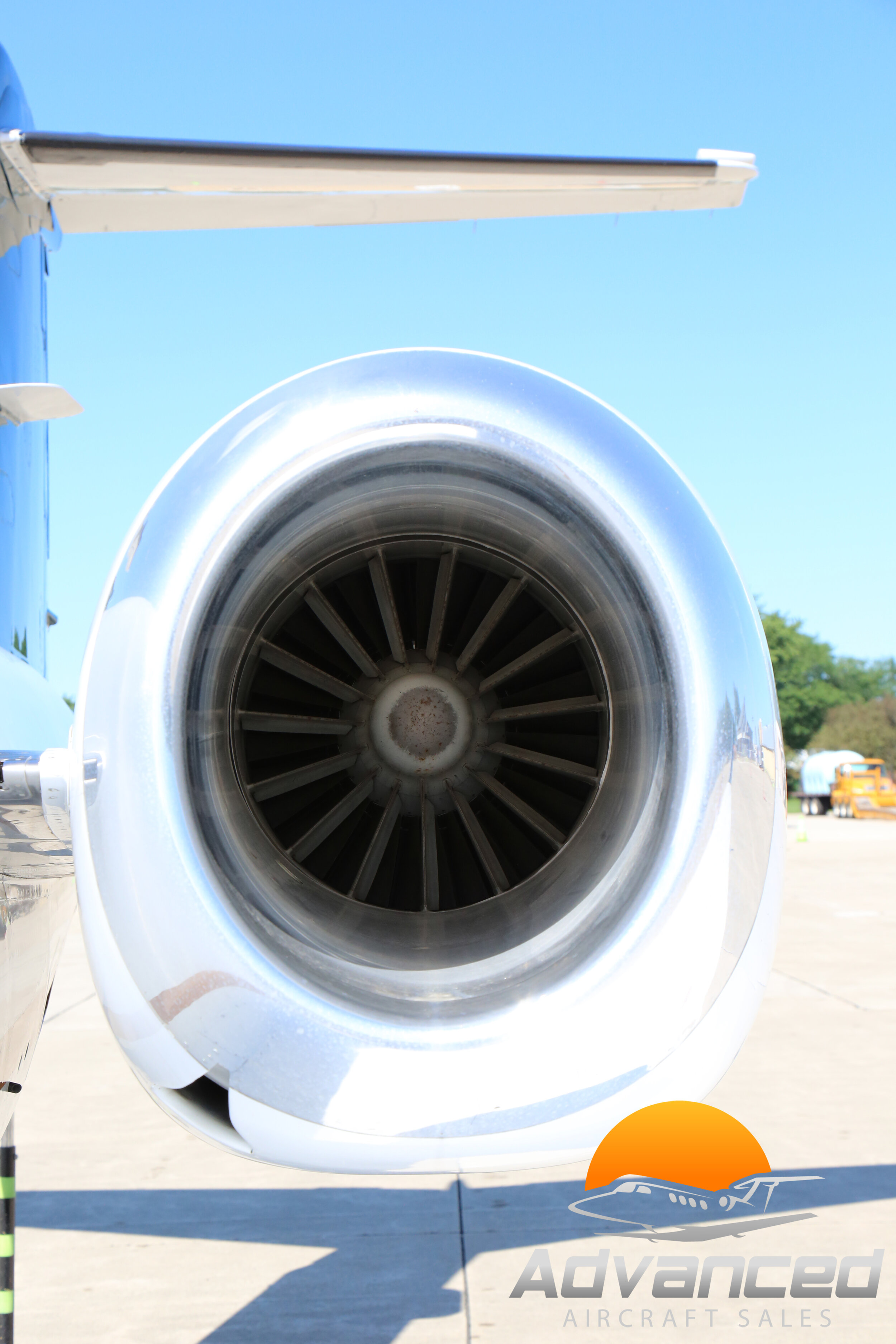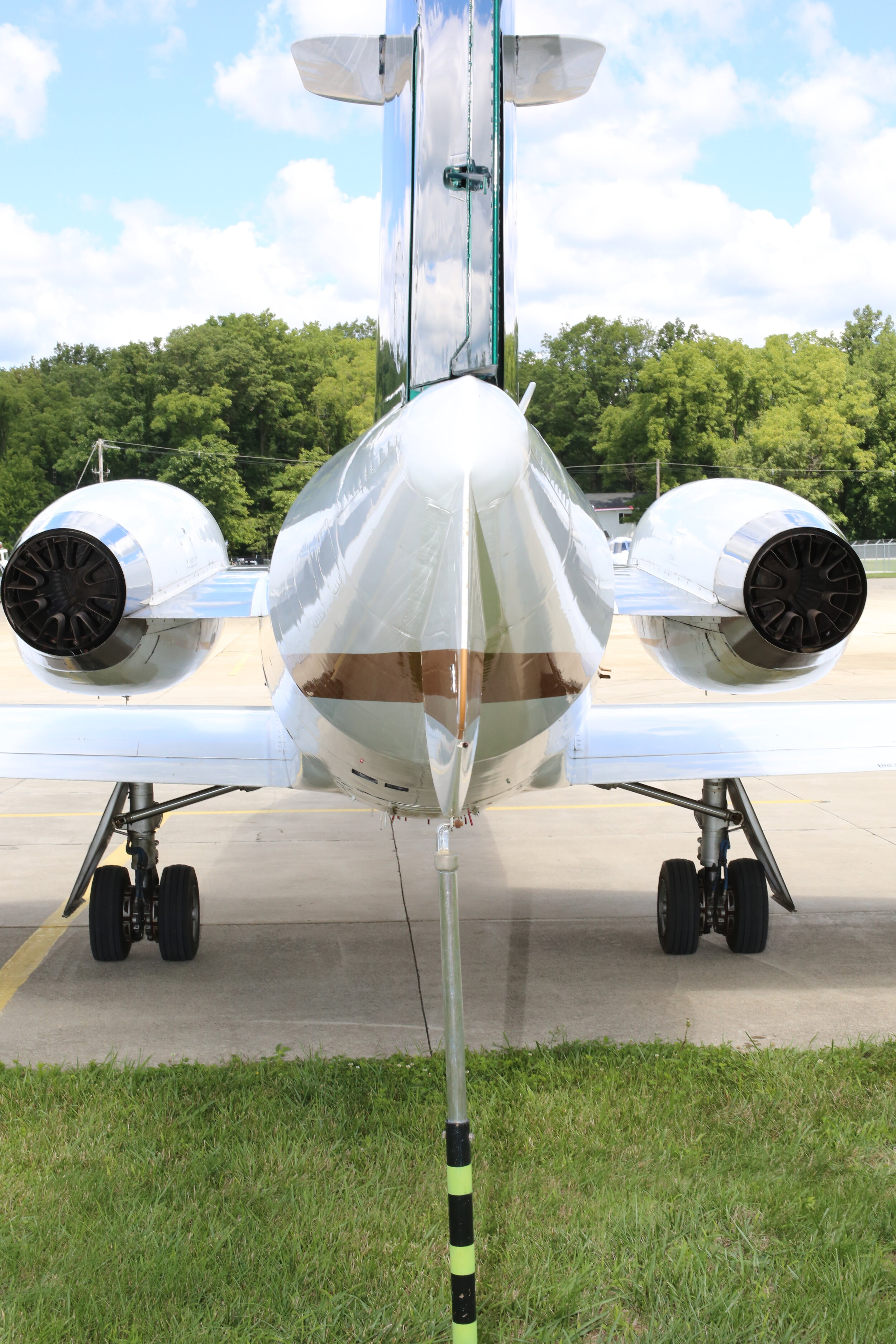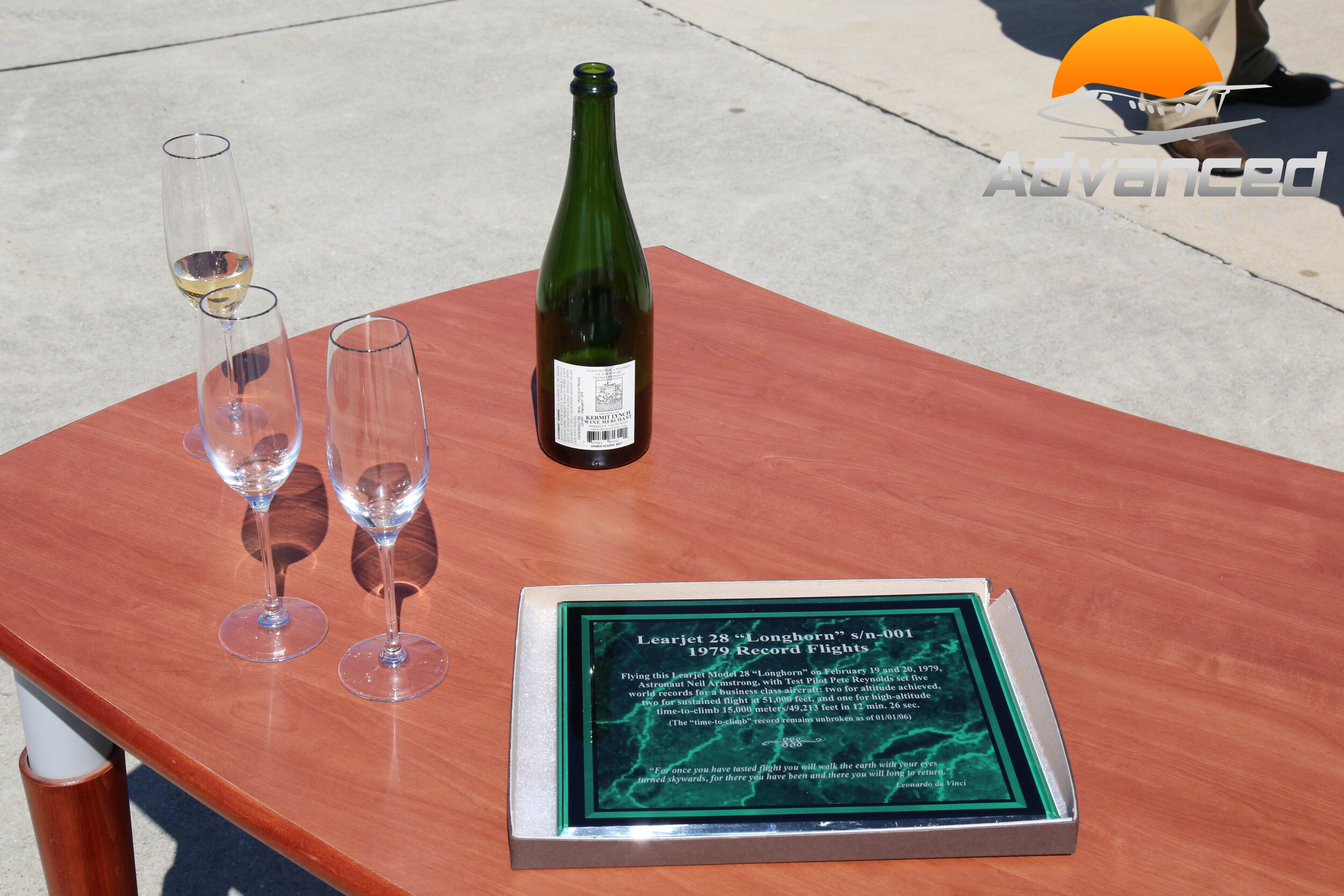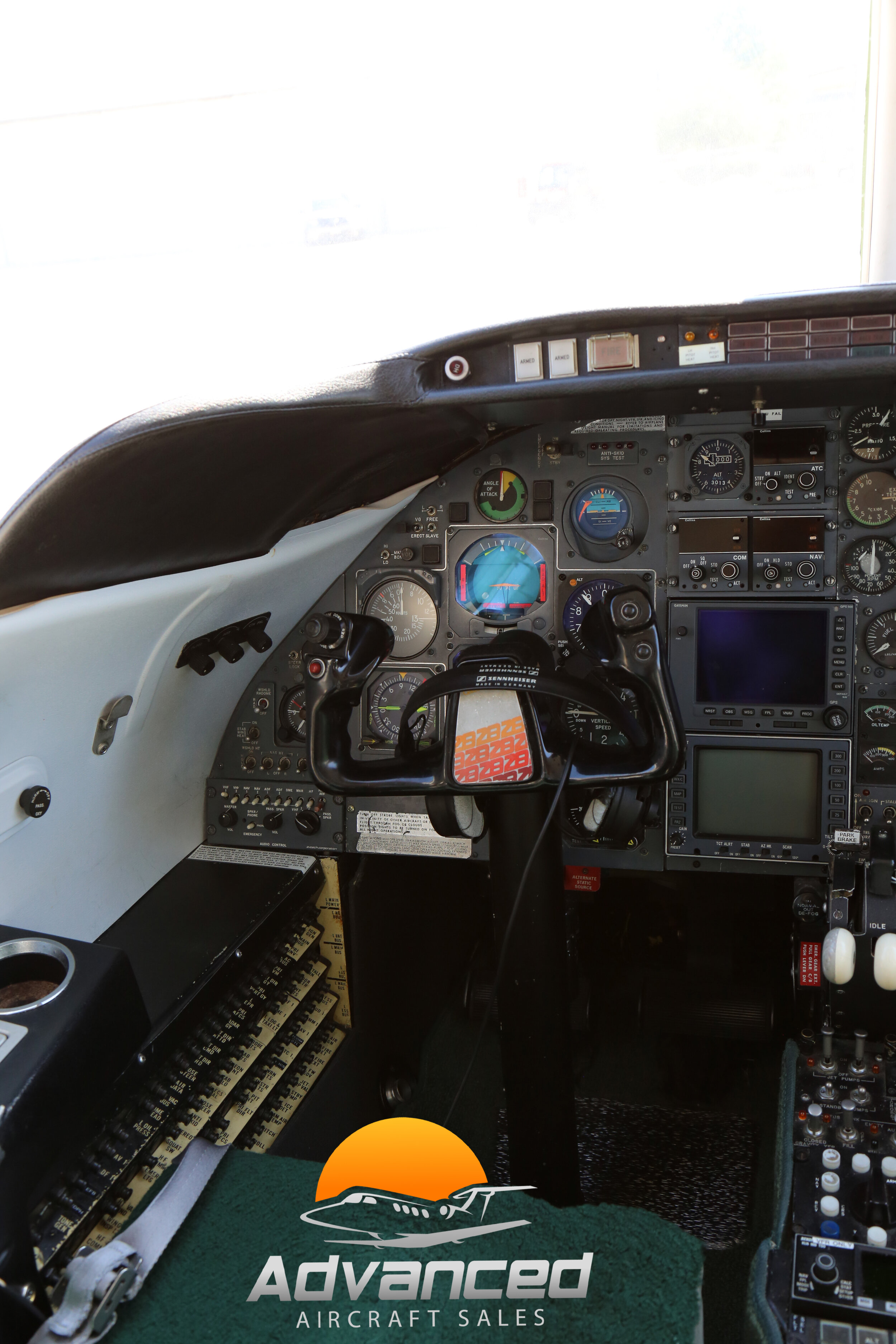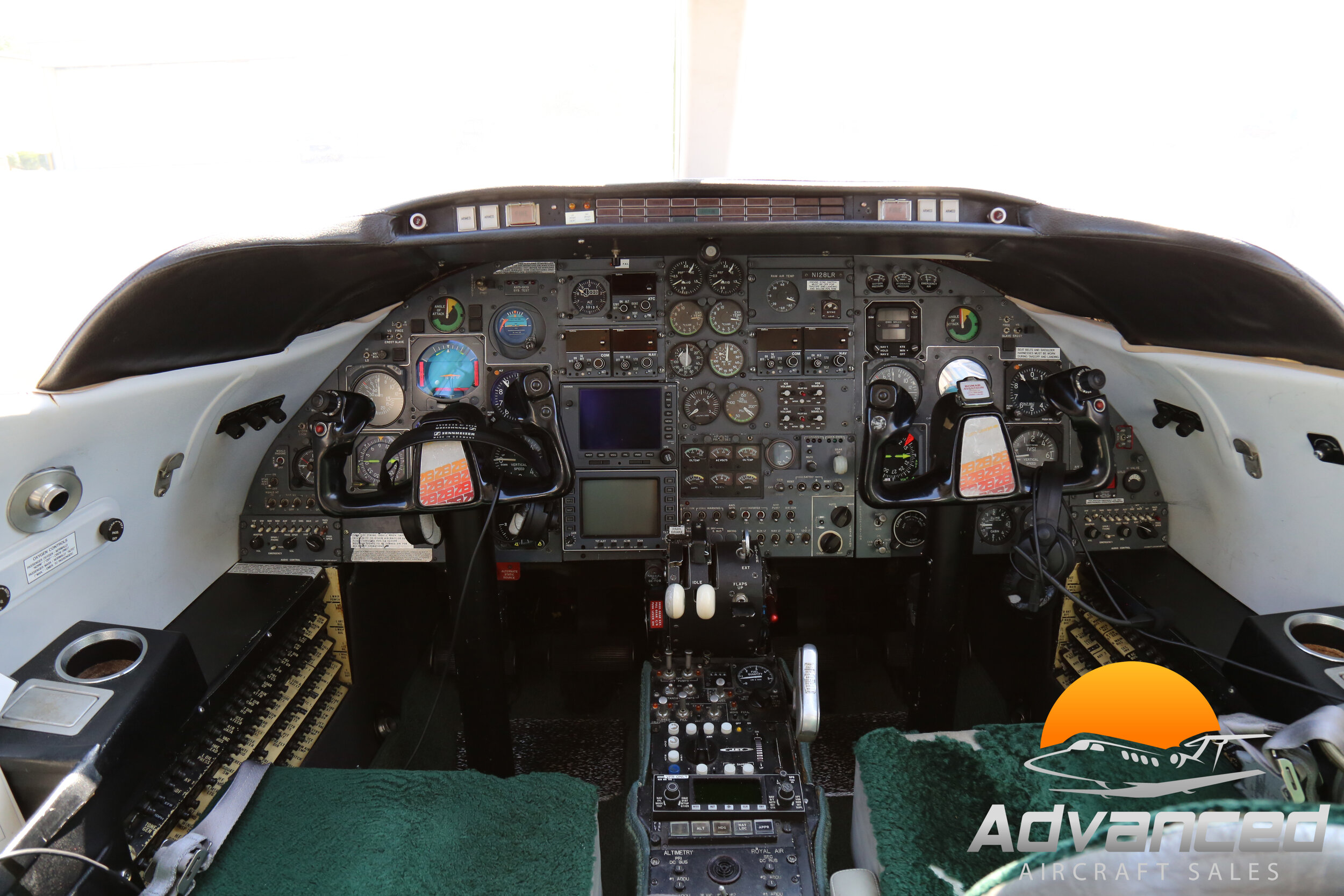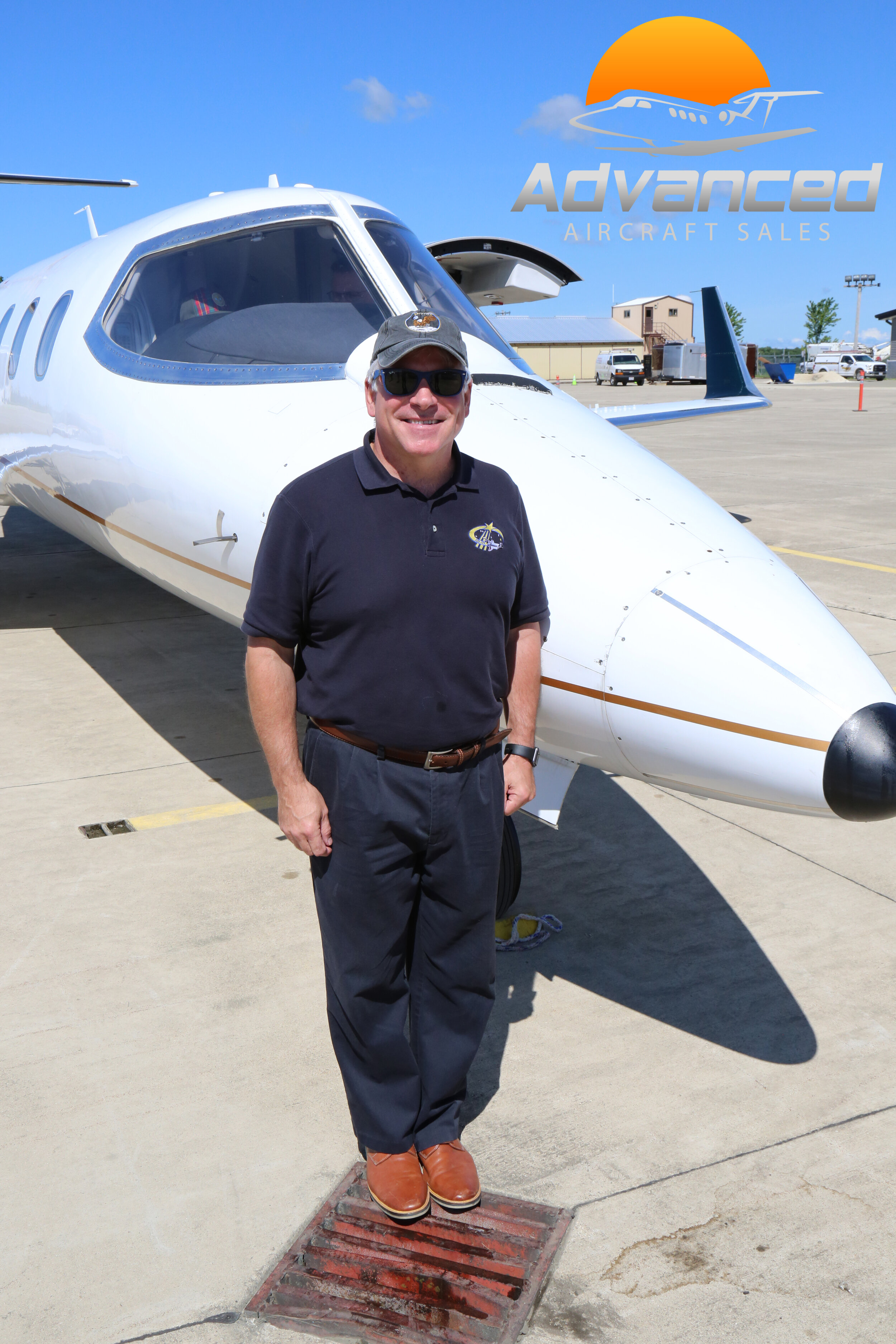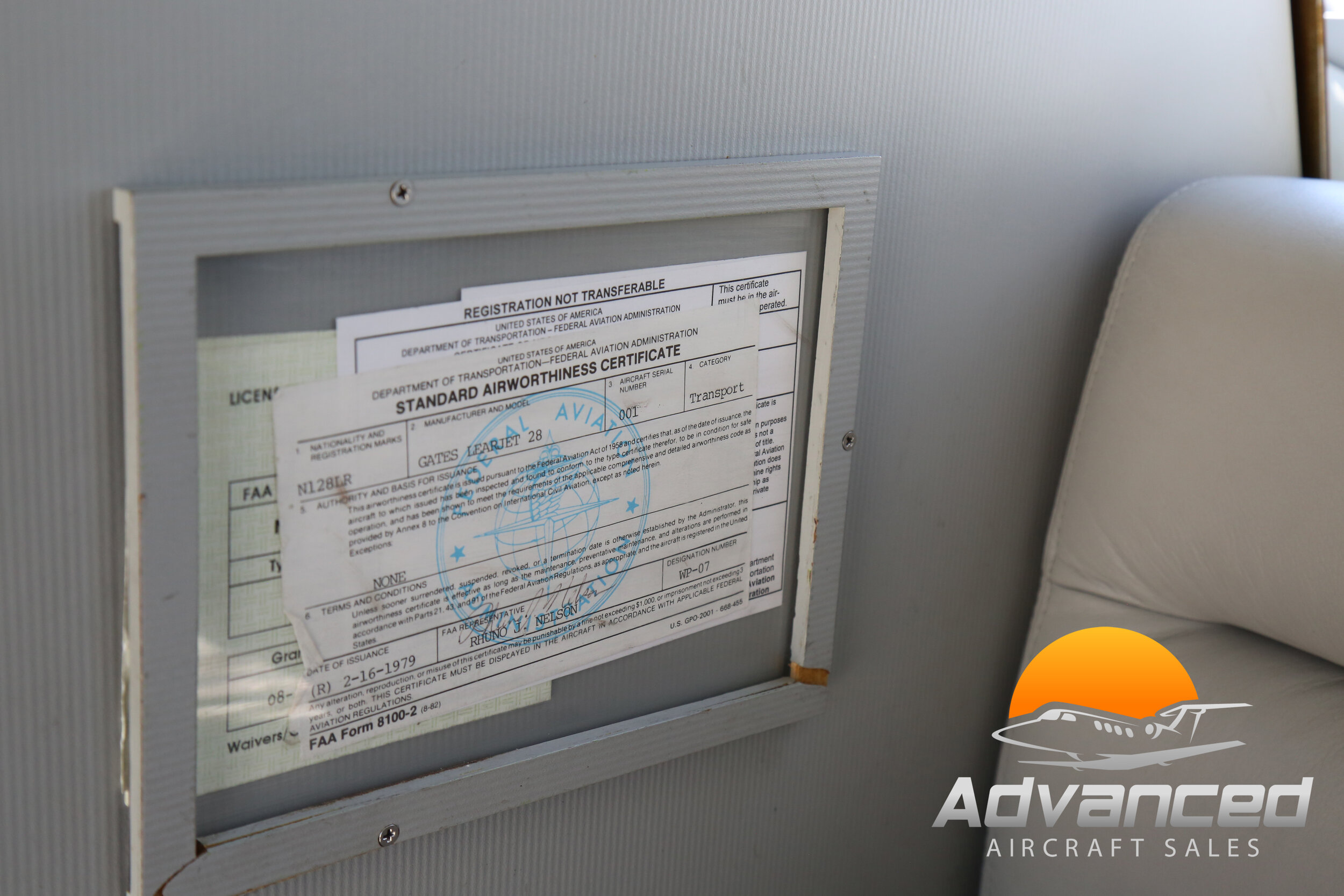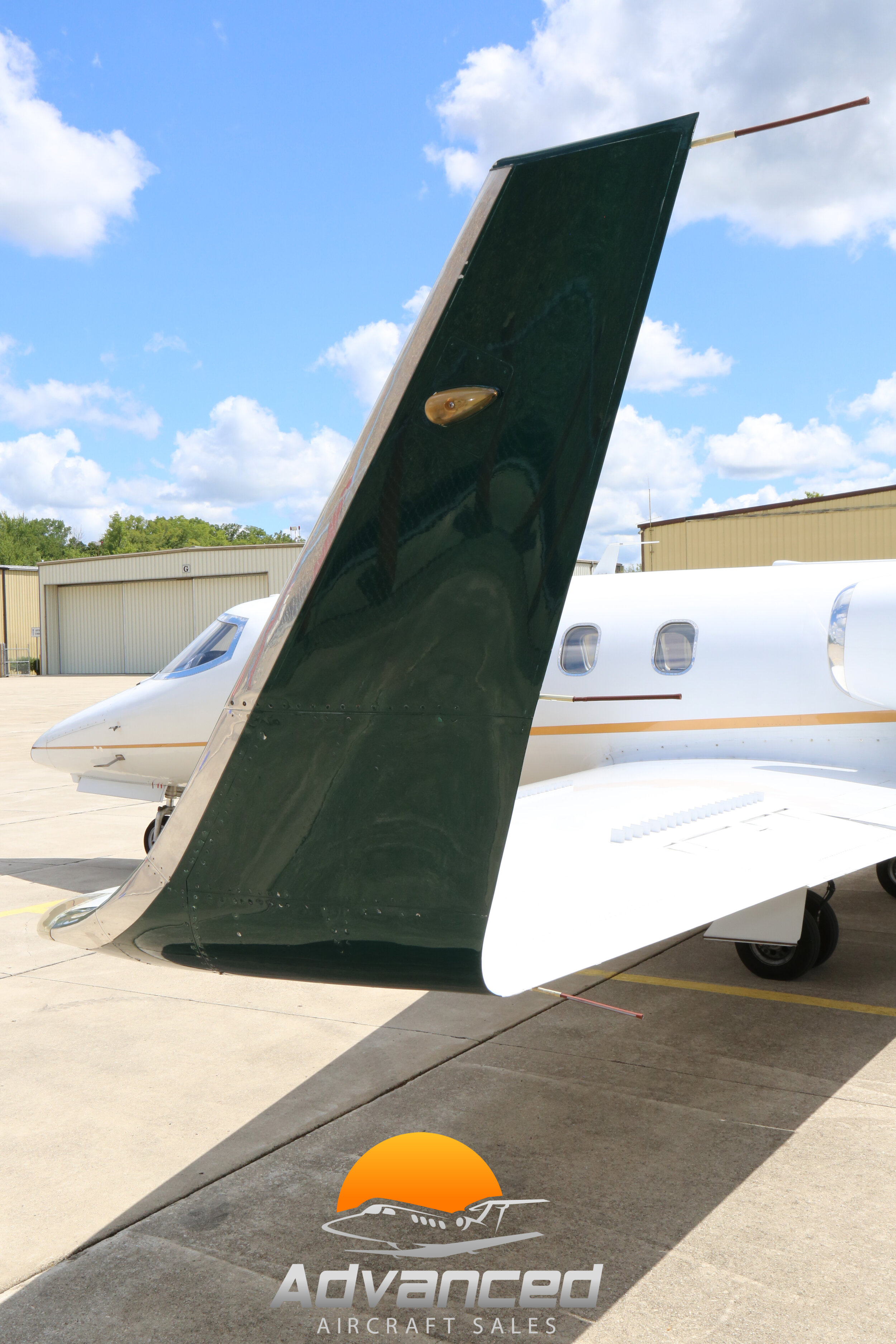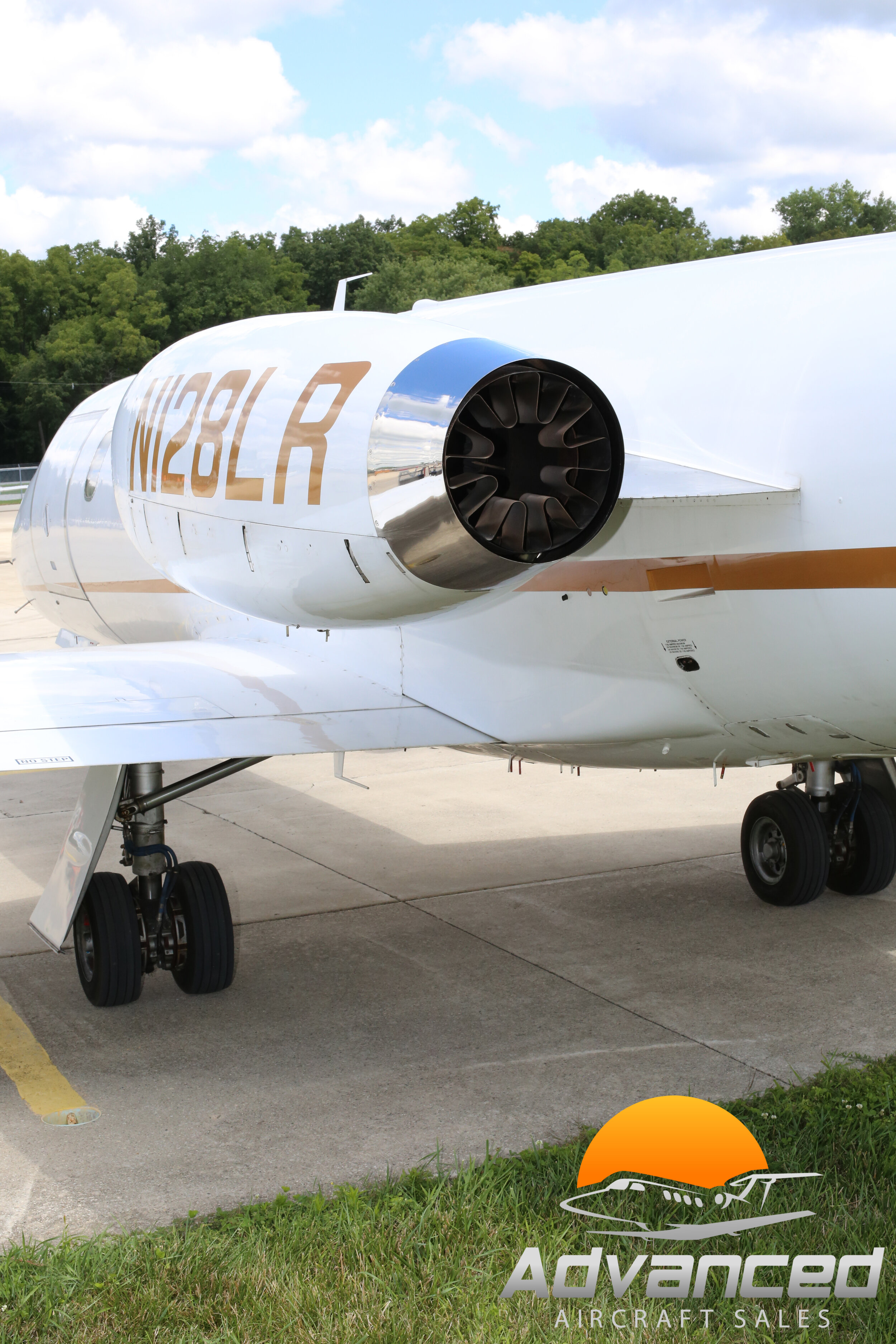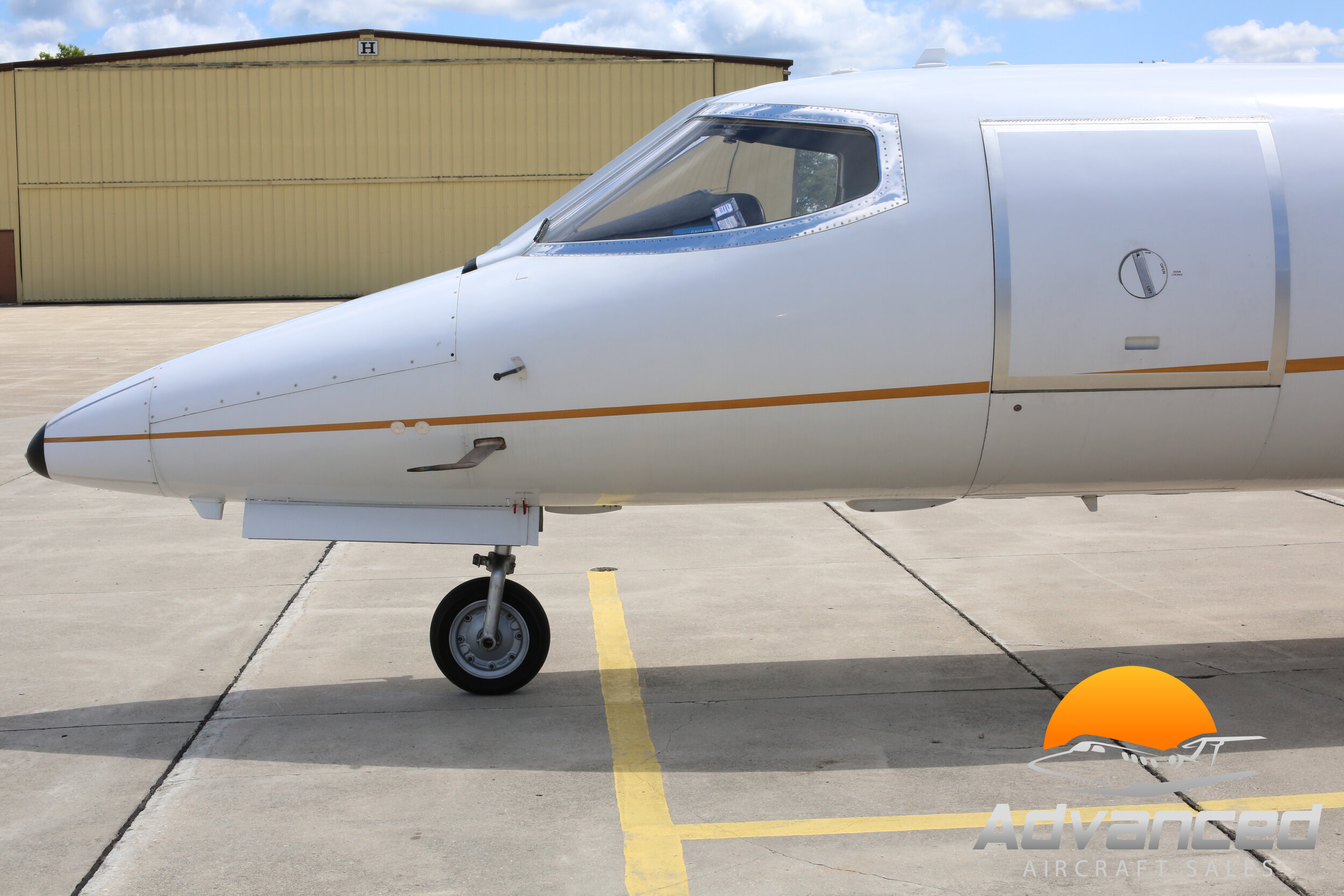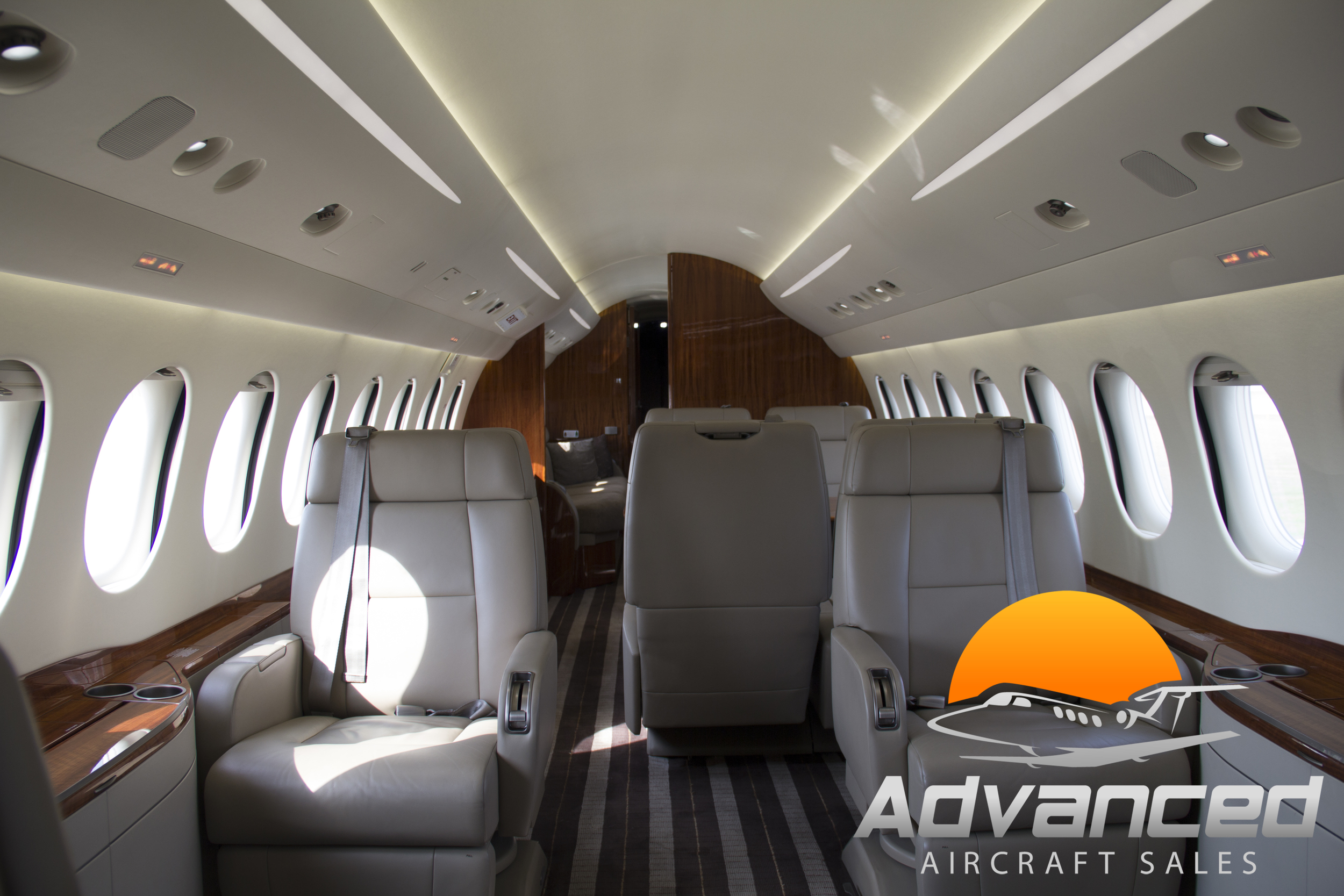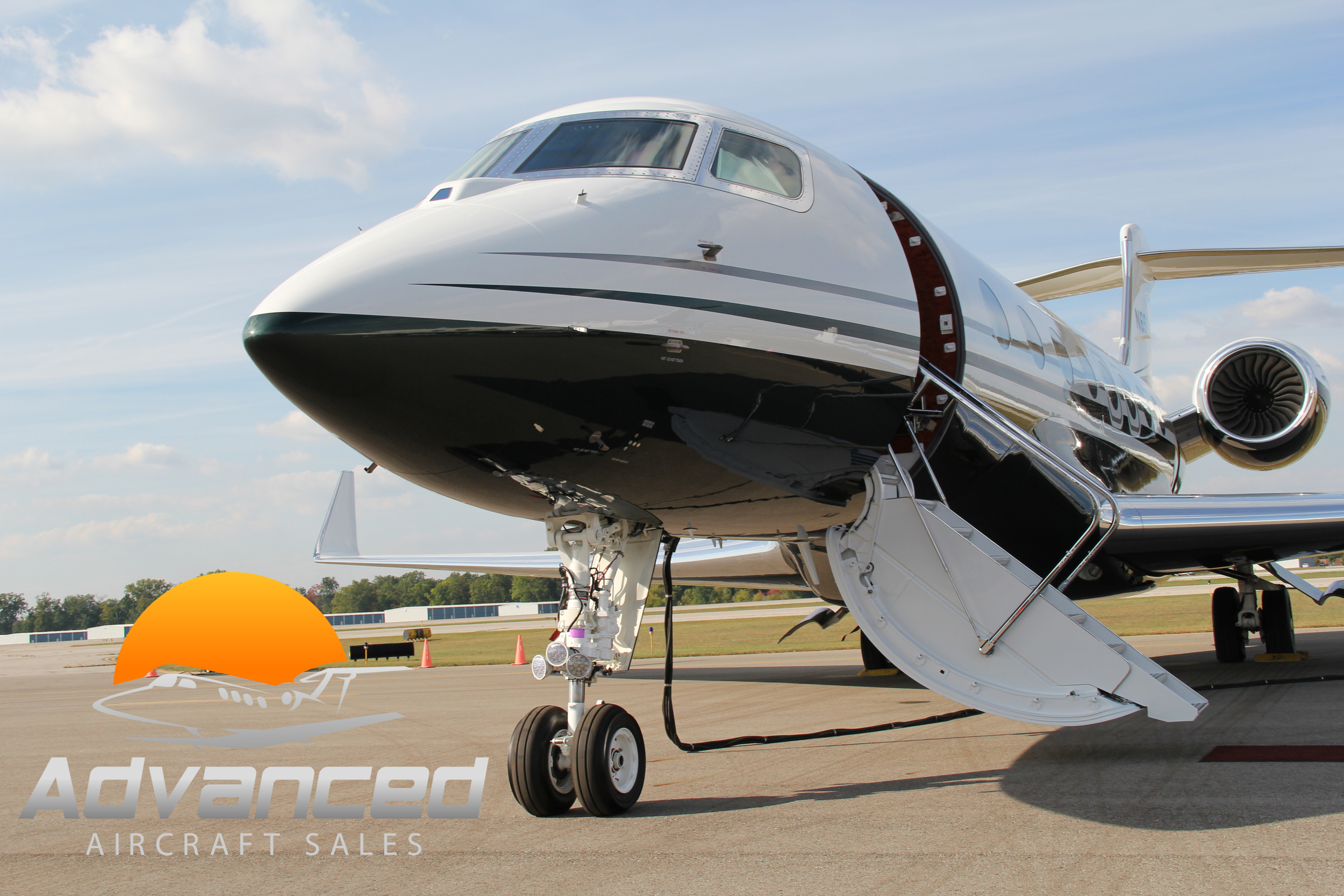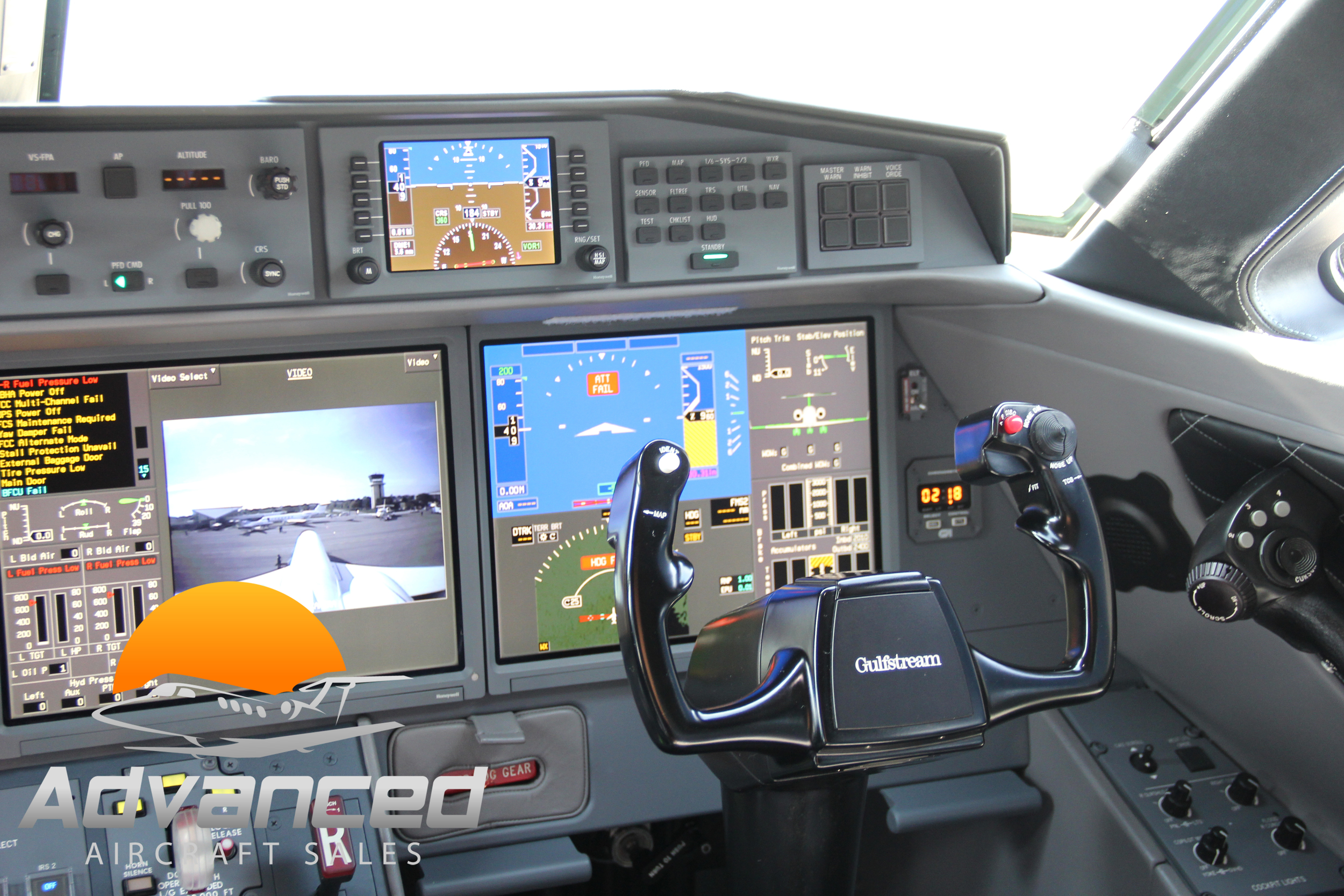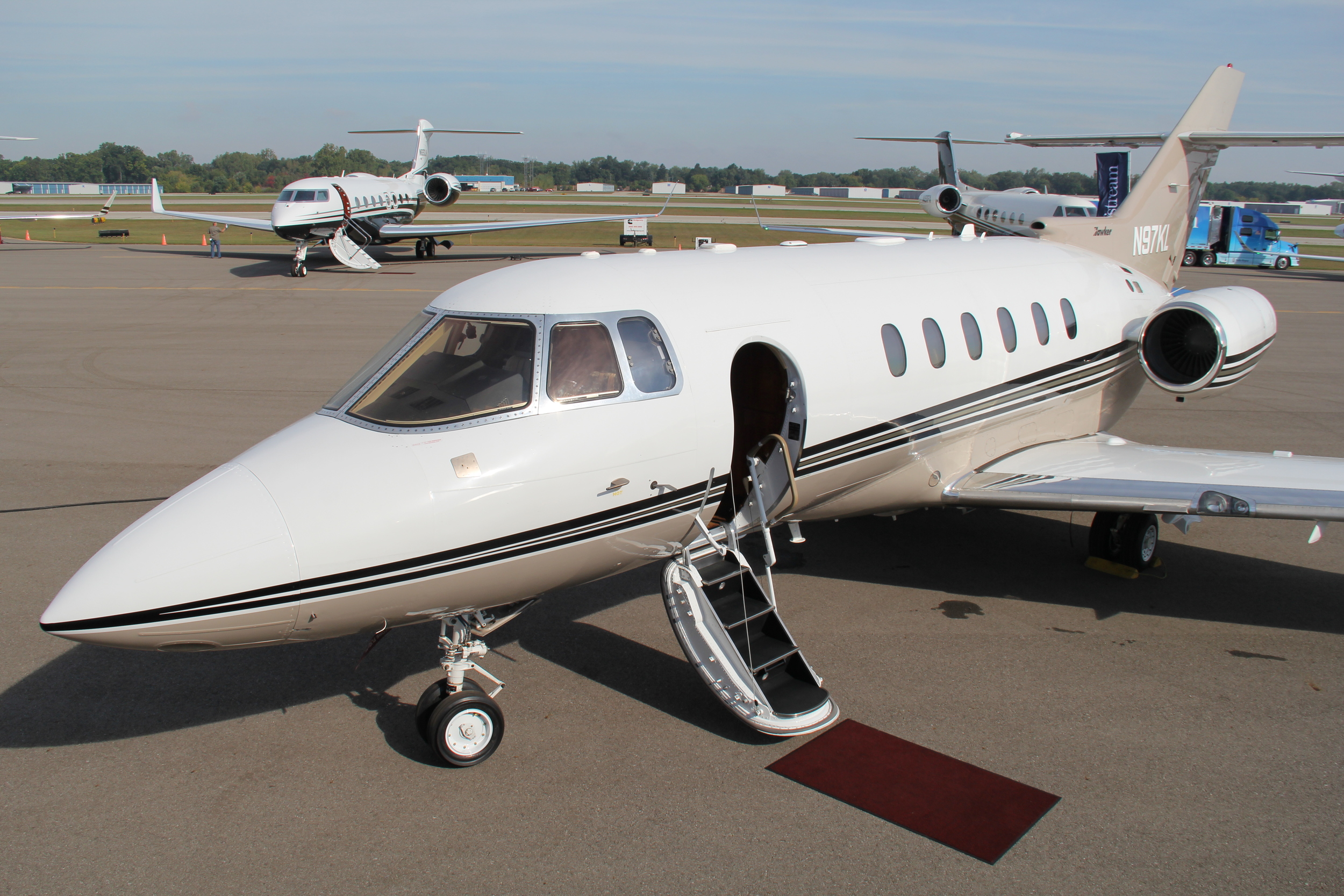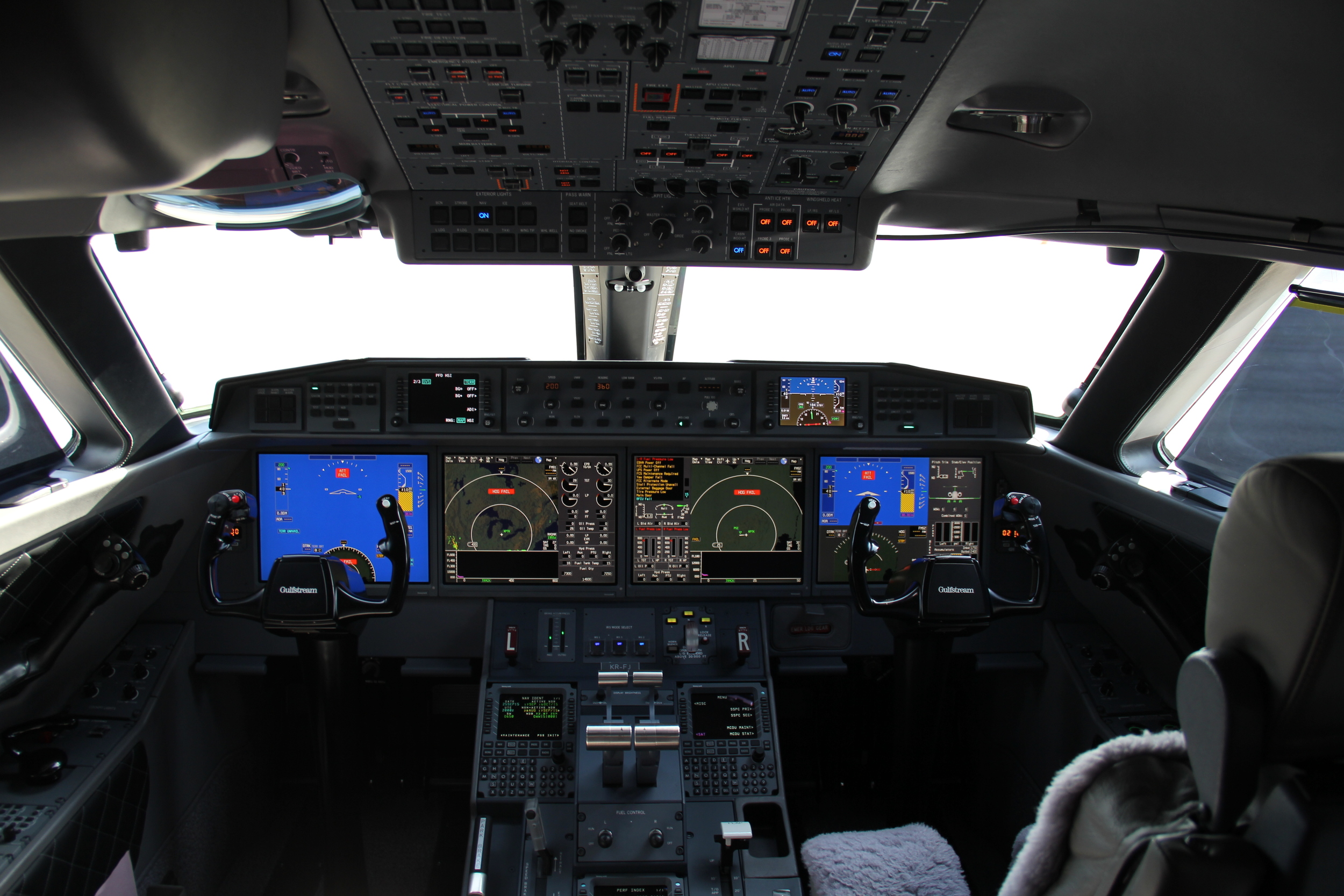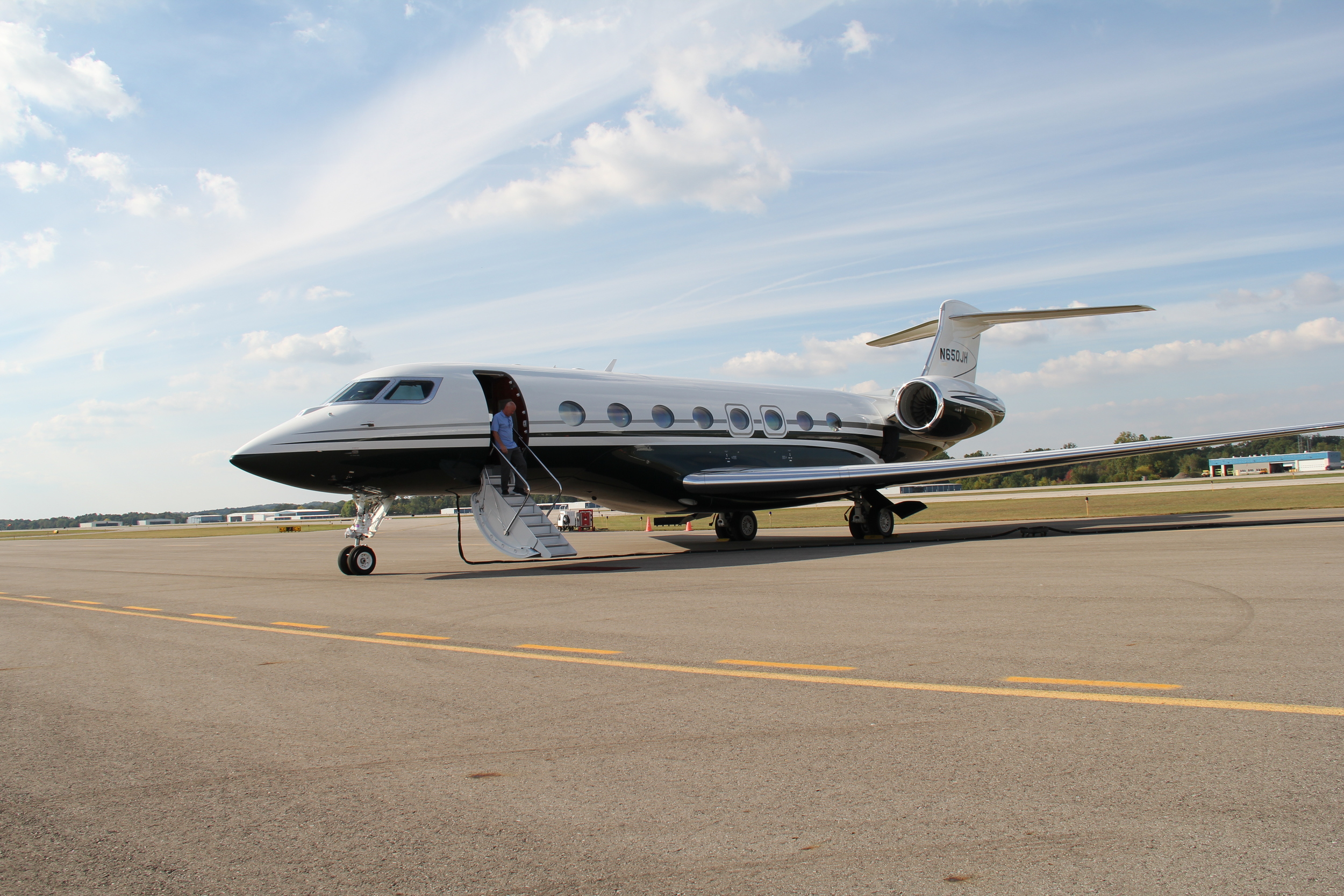We are so thankful to have been apart of today's special events! Celebrating the Legacy of Neil Armstrong, Bill Lear, The Gates Learjet Corporation, and of course the star of the show the "famous" revolutionary Learjet 28 Longhorn twenty eight, double zero-one!
The Learjet 28 that Neil Armstrong broke five records in took its last flight Wednesday morning, coming home to Neil Armstrong Airport on what would have been Armstrong’s 90th birthday.
The jet, flown in by former NASA astronaut and two-time shuttle pilot Gregory H. Johnson, will permanently be displayed at the Armstrong Air and Space Museum.
The first Learjet 28 Longhorn (S/N 28-001)—which as a prototype was famously flown by Neil Armstrong and Learjet test pilot Pete Reynolds in 1979—will have a permanent home in its retirement. The twinjet, which has had several owners and registrations since it notched five FAI and NAA records with Armstrong in the cockpit, is being donated to the Armstrong Air & Space Museum in Wapakoneta, Ohio (the late pioneering astronaut’s hometown) by Kevin Hayward, president and CEO of Ox Industries.
Registered as N128LR, the jet arrived at Neil Armstrong Airport in New Knoxville, Ohio on Wednesday, August 5, which would have been the first man to walk on the Moon’s 90th birthday. Scheduled to copilot the twinjet on its last flight is former NASA astronaut and two-time space shuttle pilot Col. Gregory Johnson (USAF Ret.). Citing Armstrong as a personal hero, Johnson said it would be an honor to copilot the historic Lear 28 to its new home.
It will remain at the airport on display until ready to be transported to the nearby museum, capping a five-year effort by its board of directors to obtain it.
The first flight of the Learjet 28 took place on August 24, 1977. FAA certification was awarded to both the Learjet 28 and 29 on July 29, 1979. Only five production LearJet 28s, and four LearJet 29s, were constructed before production ceased in 1982. Both types were subsequently replaced by the Learjet 31. The Learjet 28/29 was the first production jet aircraft to utilize winglets.
The Learjet 28/29 was based on the Learjet 25, and received a completely new wing fitted with winglets which resulted in improved performance and fuel economy.
The first production aircraft was used by Neil Armstrong to set five aerospace records.
It was on Feb. 19 and 20, 1979, when Armstrong, then a professor at the University of Cincinnati College of Engineering (and a member of the Gates Learjet board of directors) and Learjet test pilot Pete Reynolds set five Fédération Aéronautique Internationale and National Aeronautic Association class records, while flying 28-001, then a Learjet prototype. Two of the records (for altitude and sustained altitude in horizontal flight) were set on a flight from Wichita to Elizabeth City, N.J., while the speedy prototype jet cruised at 15,534.6 meters (51,130.577 feet).
NOTE The airplane’s tail number at the time of these flights was N9RS. All of these records were ratified by the FAI but have been superseded since their approvals.
The Learjet 28’s World Records:
_________________________________________________
FAI Record #2652
Type: Time to climb to a height of 15,000 meters
Performance: 12:27 minutes
Sub-class: C-1e (landplanes, mtow 3,000 to 6,000 kg)
Location: Kitty Hawk, N.C.
Claimant: Neil A. Armstrong
Date: Feb. 19, 1979
_________________________________________________
FAI Record #8657
Type: Altitude in horizontal flight
Performance: 15,584.6 meters
Sub-class: C-1f (landplanes, mtow 6,000 to 9,000 kg)
Course: Wichita, Kan., to Elisabeth City, N.C.
Claimant: Neil A. Armstrong
Date: Feb. 19, 1979
_________________________________________________
FAI Record #8670
Type: Altitude
Performance: 15,584.6 meters
Sub-class: C-1f (landplanes, mtow 6,000 to 9,000 kg)
Course: Wichita, Kan., to Elisabeth City, N.C.
Claimant: Neil A. Armstrong
Date: Feb. 19, 1979
_________________________________________________
FAI Record #2653
Type: Altitude
Performance: 15,585 meters
Sub-class: C-1e (landplanes, mtow 3,000 to 6,000 kg)
Course: Elisabeth City, N.C. to Florence, Ky.
Claimant: Neil A. Armstrong
Date: Feb. 20, 1979
_________________________________________________
FAI Record #2654
Type: Altitude in horizontal flight
Performance: 15,585 meters
Sub-class: C-1e (landplanes, mtow 3,000 to 6,000 kg)
Course: Elisabeth City, N.C. to Florence, Ky.
Claimant: Neil A. Armstrong
Date: Feb. 20, 1979

